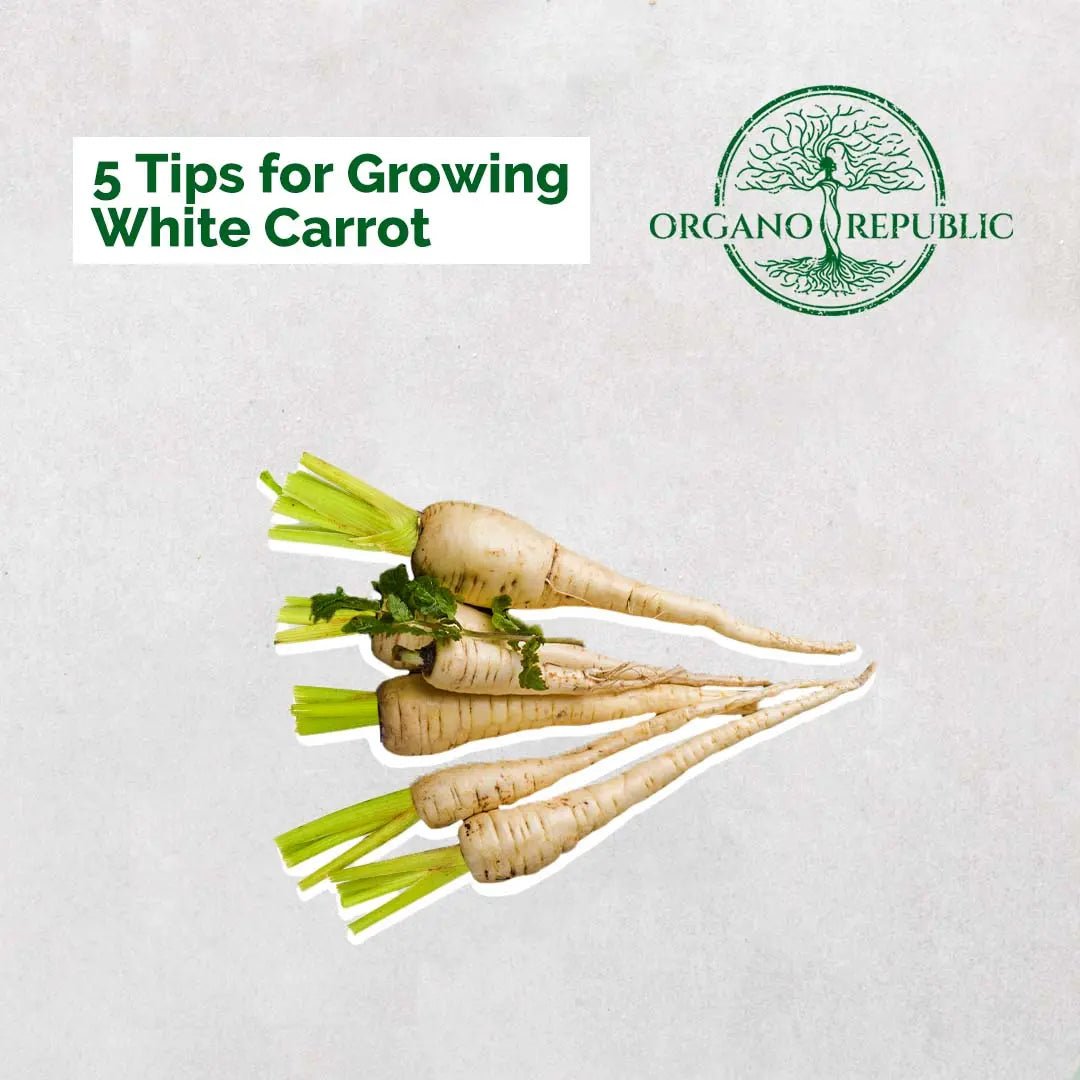2) Before planting, water the soil generously. Tiny carrot seeds should be sown shallow, 5 mm (¼ inch) deep, 4 seeds per 2 cm (1 inch), and lightly compact the soil after planting. Water the topsoil during the germination period
3) The ideal soil pH for carrots is 6.0-6.8, with lots of humus and no fresh manure. Apply ½ cup of organic fertilizer for every 3 m (10 ft) of row. Break dry soil into a fine texture, weed, and water.
4) Thin out young carrots 1″ tall so that each carrot has enough nutrients, moisture, and light, up to 4-10 cm (1½-4″) apart. The greater the distance, the larger the roots will be. Carrots will push out of the soil as they grow, so cover them with soil; otherwise, part of the carrots will be green.
5) Carrots can be harvested in any size but taste best when the carrots are bright orange or other ripe colors. Trim off the top of the greens and store the carrots at just over 0ºC in sand or sawdust. You can leave the carrots under a pile of earth in the garden for the winter and pull them out as needed.








